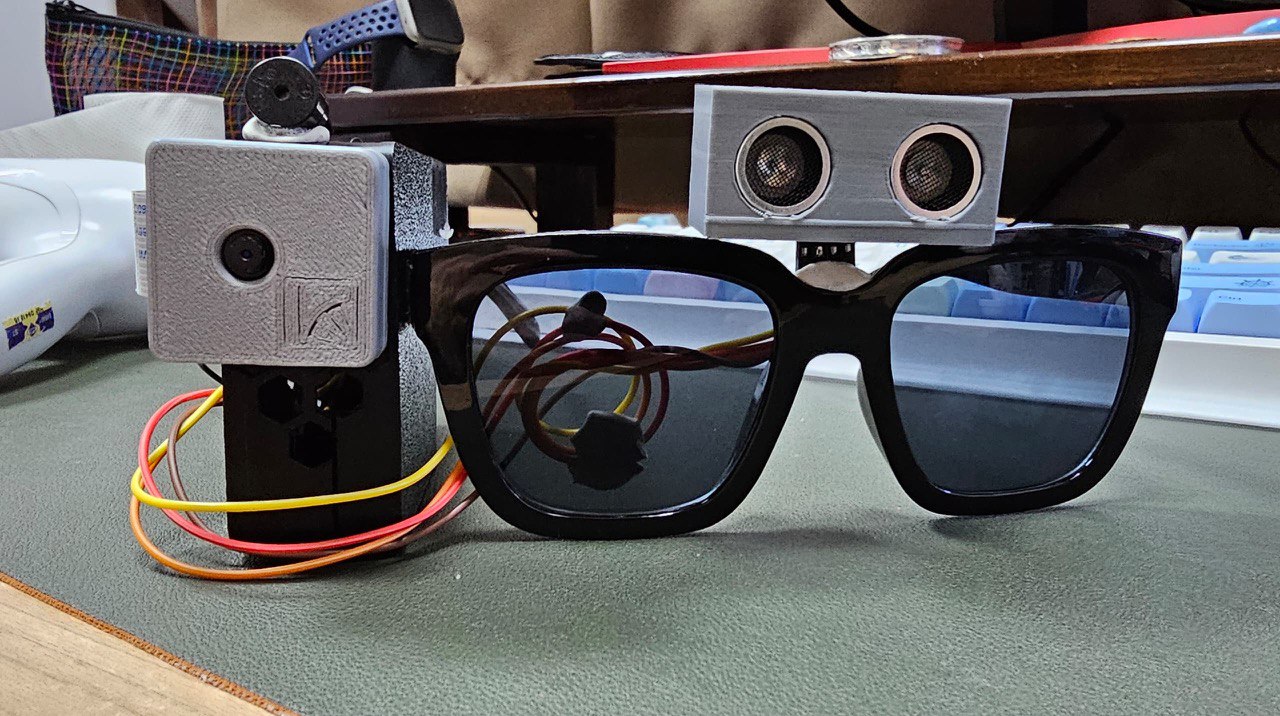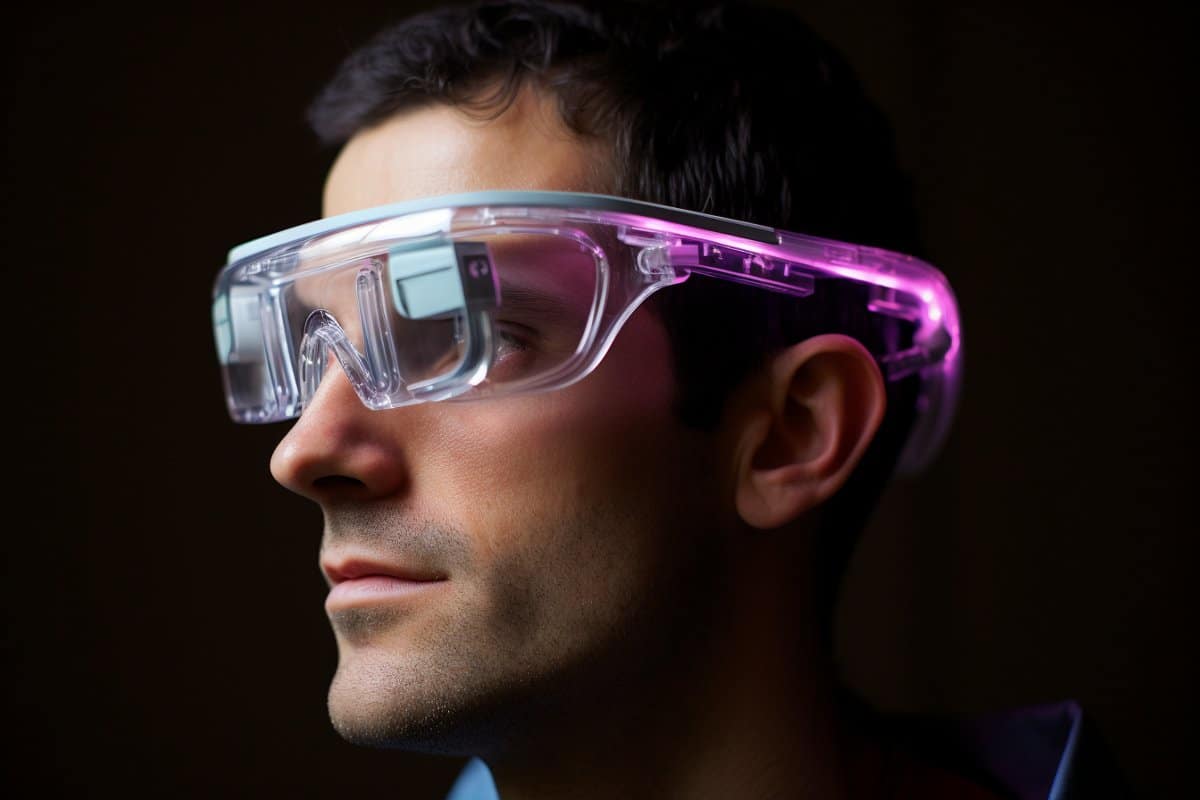Mobility Aids for Visually Impaired Users: Enhancing Independence and Navigation
Wiki Article
Enhancing Availability Via Assistive Modern Technology for the Blind
The combination of assistive modern technology for the blind represents a critical development in ease of access, basically altering just how people navigate their atmospheres and involve with culture. As we discover the diverse kinds of assistive devices and their tangible influences on day-to-day living, it ends up being necessary to check out how ongoing technical developments are improving the landscape of assistance for the blind area.Overview of Assistive Innovation
Assistive technology refers to a variety of tools and software application developed to boost the abilities of individuals with handicaps, consisting of those that are blind or aesthetically impaired. This modern technology plays a critical role in promoting independence and boosting the lifestyle for customers. By giving different methods for accessing information and executing everyday tasks, assistive innovation encourages individuals to navigate their settings better.
The development and implementation of assistive modern technology embrace a variety of concepts targeted at fostering availability. These principles include user-centered layout, which prioritizes the requirements and preferences of the individual, and the combination of technology into day-to-day activities. Such developments make certain that assistive gadgets are not just functional however likewise instinctive and simple to make use of.
Moreover, assistive modern technology encompasses a varied range of options, from low-tech alternatives like magnifiers to modern innovations such as screen viewers and Braille screens. The continuous evolution of this area is driven by the need to address the one-of-a-kind difficulties encountered by individuals with visual problems (Wearable technology for low vision). As technology continues to advance, the possibility for improving ease of access and promoting inclusivity remains appealing, eventually adding to an extra fair culture

Kinds Of Assistive Devices
Countless kinds of assistive devices are offered to sustain people who are visually damaged or blind, each made to address certain requirements and obstacles. These tools can be generally classified right into three major types: low-tech, mid-tech, and state-of-the-art services.Low-tech tools consist of things such as magnifiers, Braille labels, and tactile maps. These are relatively simple devices that boost the individual's capacity to interact with their setting without needing complicated modern technology.
Mid-tech gadgets usually involve advanced attributes, such as digital magnifiers and portable Braille note-takers. These devices can supply functionalities like speech output, allowing customers to accessibility info much more successfully.

Influence On Daily Living
The schedule of various assistive devices significantly improves the quality of life for people who are aesthetically impaired or blind, best site impacting their daily living in profound methods. By incorporating modern technologies such as display viewers, Braille shows, and audio description services right into their routines, users acquire better freedom and freedom. These devices promote access to info, allowing people to perform daily tasks, such as checking out e-mails, navigating public spaces, and enjoying media web content.Furthermore, assistive tools empower individuals to engage even more completely in social communications and neighborhood activities. The ability to use smart devices outfitted with access attributes allows for seamless communication and link with others. This connection promotes a feeling of belonging and decreases feelings of seclusion.
In specialist settings, assistive innovation sustains efficiency by permitting individuals to complete work tasks successfully. Devices like voice recognition software and specialized magnifying devices enable users to take part in the labor force on equal ground with their sighted peers.

Advancements in Innovation
Current technological innovations have actually substantially changed the landscape of devices offered for individuals that are blind or aesthetically damaged. The combination of fabricated knowledge (AI) and find more information artificial intelligence has actually provided surge to applications that enhance navigation and item recognition. As an example, smart device apps can now use AI to recognize and describe environments in real-time, offering customers with useful contextual information.Additionally, improvements in haptic technology have resulted in the growth of wise canes geared up with sensors that spot obstacles and offer tactile comments. This equips users to browse their setting with raised self-confidence and freedom. Technologies in text-to-speech software program and braille screens have actually improved the access of digital content, allowing for smooth communication with numerous media.
Wearable innovations, such as wise glasses, are also making strides in aiding aesthetic problems. As innovation continues to progress, the capacity for even more transformative tools continues to be on the perspective.
Future Trends and Innovations
As innovation swiftly advances, the future of assistive devices for people that are blind holds enormous pledge. Innovations in man-made knowledge (AI) and artificial intelligence are positioned to revolutionize the way blind users connect with their atmospheres. AI-driven applications are being established to improve item acknowledgment, permitting customers to recognize and navigate their surroundings with higher ease and accuracy.
Furthermore, developments in haptic feedback innovation are allowing the creation of tactile maps and navigation aids that offer real-time information through touch. These technologies not just boost mobility yet likewise foster independence. In addition, wearable gadgets equipped with increased truth (AR) features are arising, offering users aesthetic info through sound descriptions, therefore linking the space between the physical and electronic globes.
In addition, the assimilation of clever home innovation provides brand-new chances for access, enabling people to manage their living environments via voice commands or mobile phone applications. As cooperation in between tech developers and the blind area proceeds, the concentrate on user-centered design will certainly guarantee that future technologies are customized to meet the special demands of this population (Wearable technology for low i loved this vision). The trajectory of assistive technology guarantees a much more empowering and inclusive future for people that are blind
Conclusion
In final thought, assistive modern technology plays a critical function in enhancing availability for individuals with visual disabilities. Continual developments in modern technology and user-centered style guarantee that these devices cater properly to the special requirements of the blind community.The integration of assistive innovation for the blind represents a pivotal innovation in accessibility, basically altering just how people navigate their environments and involve with society.Assistive modern technology refers to a range of gadgets and software program designed to improve the capabilities of people with specials needs, consisting of those that are blind or aesthetically impaired. Wearable technology for low vision.As innovation swiftly proceeds, the future of assistive devices for people who are blind holds enormous assurance. The trajectory of assistive modern technology promises an extra comprehensive and empowering future for people who are blind
In final thought, assistive technology plays a vital role in improving availability for people with aesthetic problems.
Report this wiki page